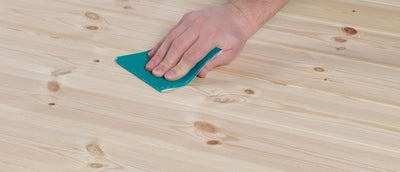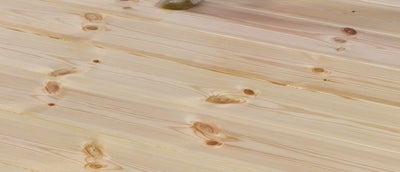How To Apply Varnish, Stain, Wax & Oil

If you have a favourite piece of furniture in the house, you should consider applying varnish to it. A suitable varnish helps prevent damage and provides a layer of protection, meaning the wood looks better and lasts longer. Varnished wood takes in much less moisture, reducing the chances of warping and splitting
Pick a high-quality wood varnish for your wood by browsing our extensive range. You can find outdoor and indoor options, so we’ve got the right product for your project, whether you need to varnish your decking or staircase.
Applying a wood varnish will bring out the natural colour of timber, providing a long-lasting, beautiful deep sheen. If you’re unsure how to varnish wood, this guide will teach you how to:
- Pick a suitable varnish
- Prepare a room for applying wood varnish
- Prepare the wood for varnishing
- Apply varnish effectively
















